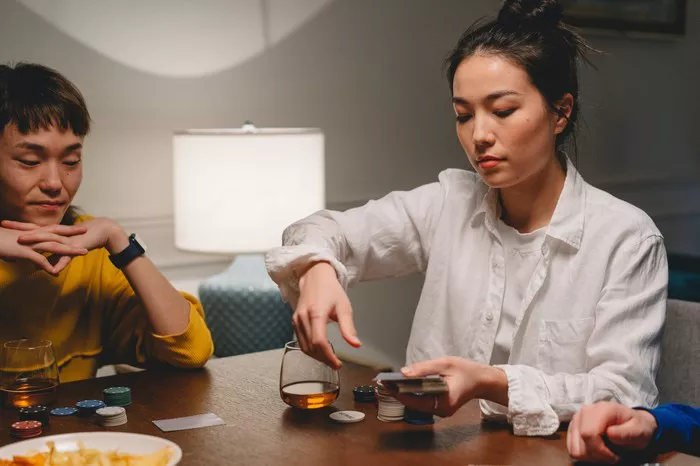Sparkling wine, known for its effervescence and celebratory charm, has captivated wine enthusiasts for centuries. But have you ever wondered how those delicate bubbles find their way into the bottle? In this article, we’ll unravel the art and science behind the production of sparkling wine. From grape selection to fermentation techniques, we’ll take you on a journey through the meticulous steps that give rise to the delightful world of bubbles.
Aspect 1: Selecting the Grapes
The journey of sparkling wine begins with the careful selection of grapes that will contribute to its flavor profile and character.
Traditional Varieties: Chardonnay, Pinot Noir, and Pinot Meunier are the classic grape varieties used in Champagne production, each bringing unique qualities to the blend.
Regional Influence: The choice of grape varieties can be influenced by the specific wine region’s climate, soil, and terroir, resulting in distinct regional styles.
Aspect 2: Primary Fermentation
The initial fermentation lays the foundation for the base wine, which will serve as the canvas for the creation of sparkling wine.
Grape Crushing and Pressing: Grapes are gently crushed and pressed to extract the juice, which is then separated from the skins, seeds, and solids.
Fermentation: The extracted juice is fermented into still wine using yeast. This wine will provide the base for the subsequent steps in the production process.
Aspect 3: Blending and Tirage
Crafting the perfect blend and initiating the secondary fermentation are pivotal stages in creating sparkling wine.
Creating the Blend: Master blenders combine wines from different grape varieties and vintages to achieve the desired flavor profile, acidity, and balance.
Tirage Process: A mixture of sugar and yeast, known as the “liqueur de tirage,” is added to the blended base wine. The wine is then sealed with a crown cap, triggering a second fermentation in the bottle.
Aspect 4: Secondary Fermentation
During the secondary fermentation, the magic of effervescence takes place, infusing the wine with its signature bubbles.
Yeast Interaction: As the yeast consumes the added sugar, carbon dioxide is produced. Since the bottle is sealed, the gas dissolves into the wine, creating pressure and bubbles.
Aging on Lees: After the secondary fermentation, the wine is left to age on the yeast cells, a process known as “sur lie” aging. This imparts depth, complexity, and bready notes to the wine.
Aspect 5: Riddling and Disgorging
The removal of yeast sediment and the addition of the finishing touch are the final steps in crafting sparkling wine.
Riddling Process: Bottles are placed on special racks, or “pupitres,” and gradually turned and tilted to encourage the yeast sediment to settle in the neck of the bottle.
Disgorging: The neck of the bottle is frozen, and the crown cap is removed, allowing the pressure to expel the frozen yeast plug. The bottle is quickly corked, often with a wire cage to secure the cork.
Aspect 6: Dosage and Corking
The dosage, a mixture of wine and sugar, adds the last layer of complexity and sweetness before the final sealing of the bottle.
Dosage Selection: The winemaker chooses the dosage that will determine the wine’s sweetness level, from “Brut Nature” (no added sugar) to “Demi-Sec” (moderately sweet).
Corking and Aging: A cork is inserted into the bottle, and the wire cage is secured. The wine then undergoes further aging to allow its flavors to integrate before it’s ready for release.
Conclusion:
The creation of sparkling wine is a harmonious blend of tradition, craftsmanship, and scientific precision. From the careful selection of grapes to the intricate steps of secondary fermentation and disgorging, every aspect of the process contributes to the sparkling wine’s distinctive character and effervescence.


